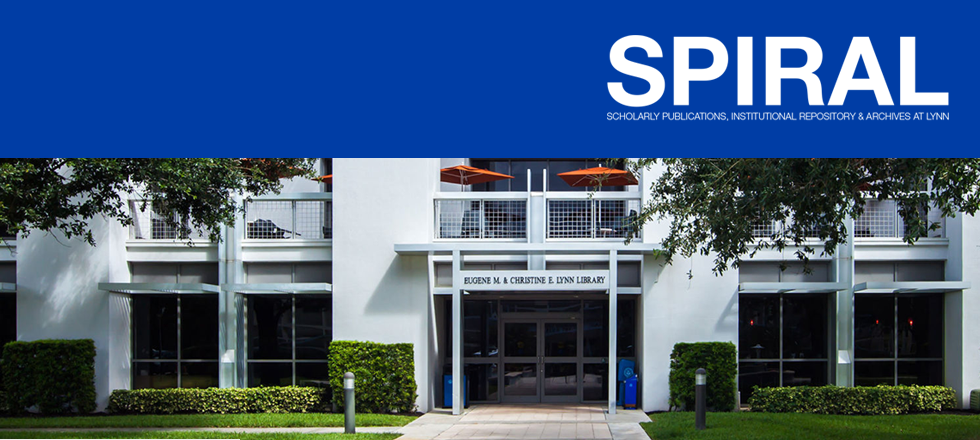Document Type
Poster Presentation
Publication Date
2-17-2024
Abstract
Infrared spectroscopy (IR) is a powerful tool in archaeology to understand the chemical composition of artifacts. Bone digenesis is the chemical and physical process by which bones degrade over time. Archeologists discovered that archaeological bones from different excavation sites have different states of physical diagenesis, depending on site conditions. Methods are needed to quantify the chemical aspect bone digenesis. We are using fish scales, from South Inlet Park in Florida as a model to test IR spectroscopy as a new method to quantify bone digenesis. In this experiment, we used excavated fish scales and categorized them into three diagenetic categories: pristine, degraded, and very degraded. We cleaned each scale, measured the length and weight, photographed, and then measured each with IR. With data from the IR, we will test if the chemical composition of the scales correlates to the diagenetic categories. Additionally, the chemical composition of the archaeological scales will be compared to modern scales, which will show if there was significant difference in the chemical composition compared to archaeological scales, if they are degrading or fossilizing. If successful, this method can be applied to research on how other types of archaeological bone are impacted by diagenesis.
Host
University of North Florida
Conference/Symposium
Florida Undergraduate Research Conference (FURC)
City/State
Jacksonville, FL
Department
College of Arts and Sciences
Recommended Citation
Manzanares, B., de la Rosa, I., Lecher, A. L., & Doctor, E. L. (2024, February 16-17). Quantifying diagenesis of Florida fish scales using IR spectroscopy [Poster presentation]. Florida Undergraduate Research Conference (FURC), Jacksonville, FL, United States.



Comments
Quantifying Diagenesis of Florida fish Scales Using IR Spectroscopy
Brian Manzanares
Mentor: Dr. Alanna Lecher